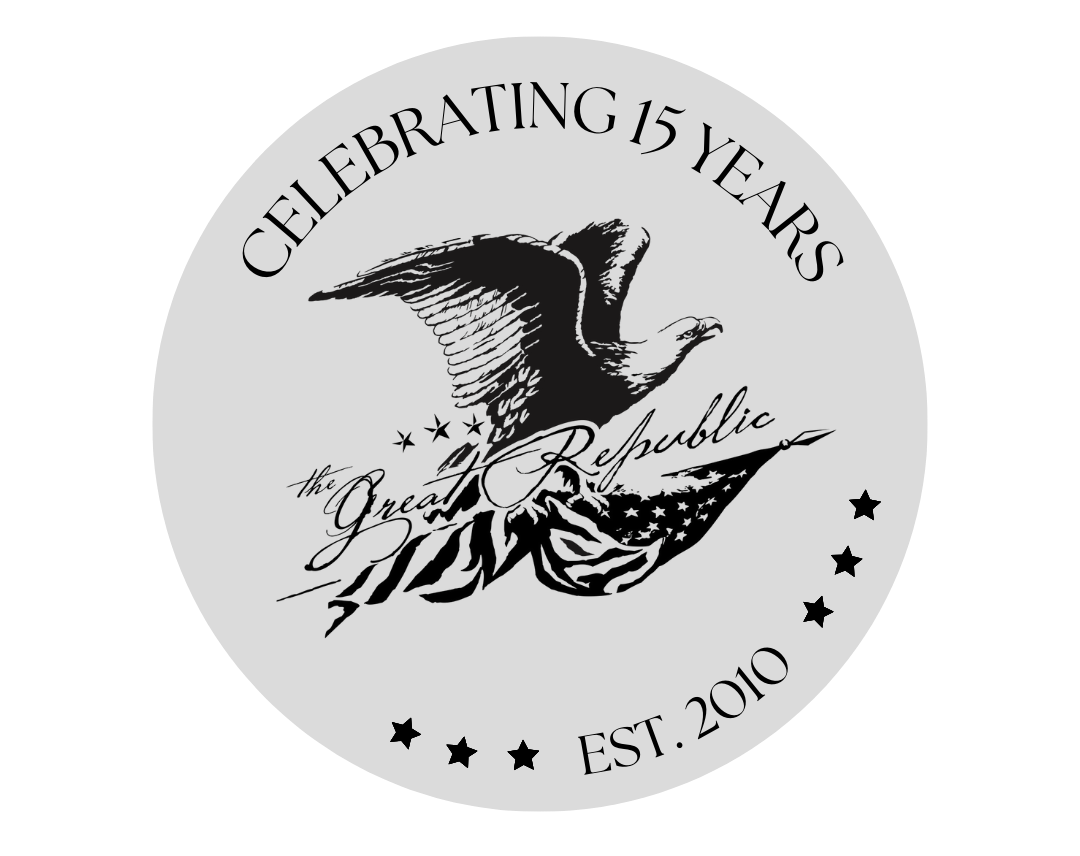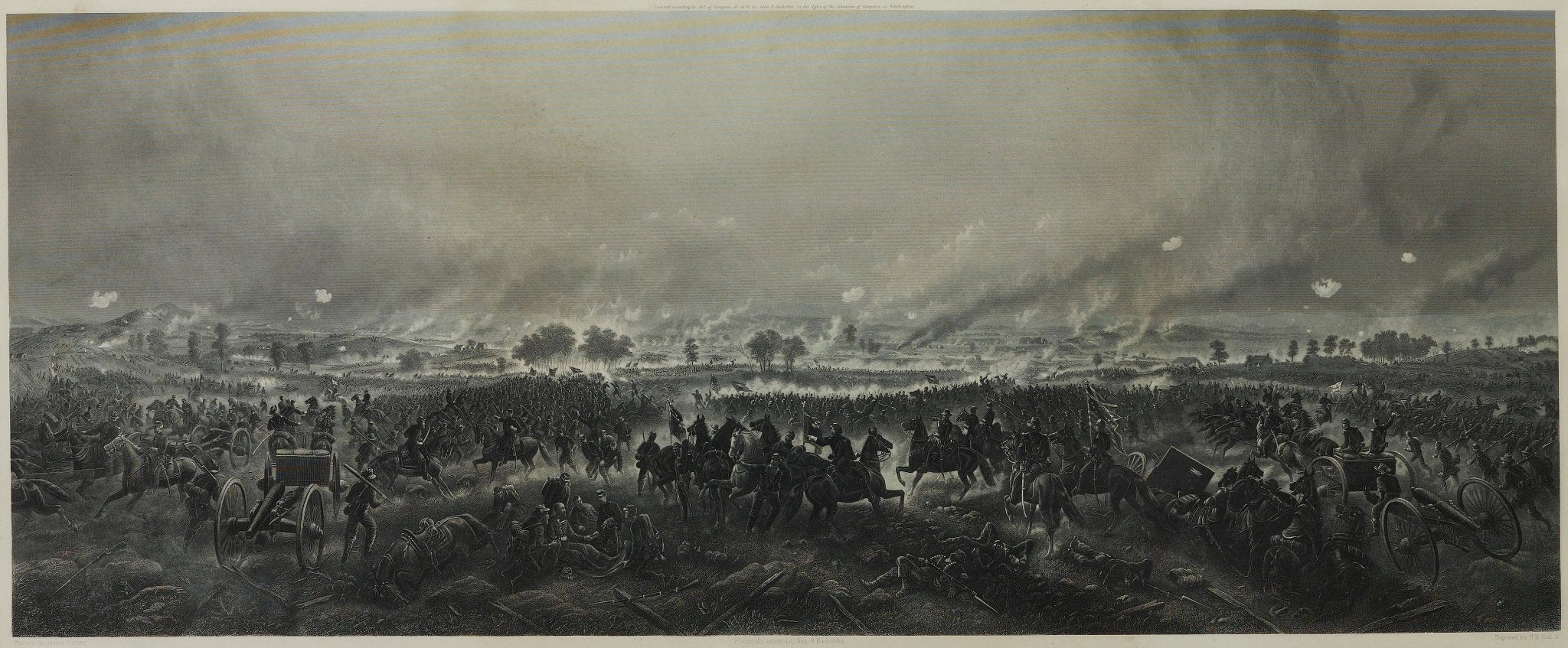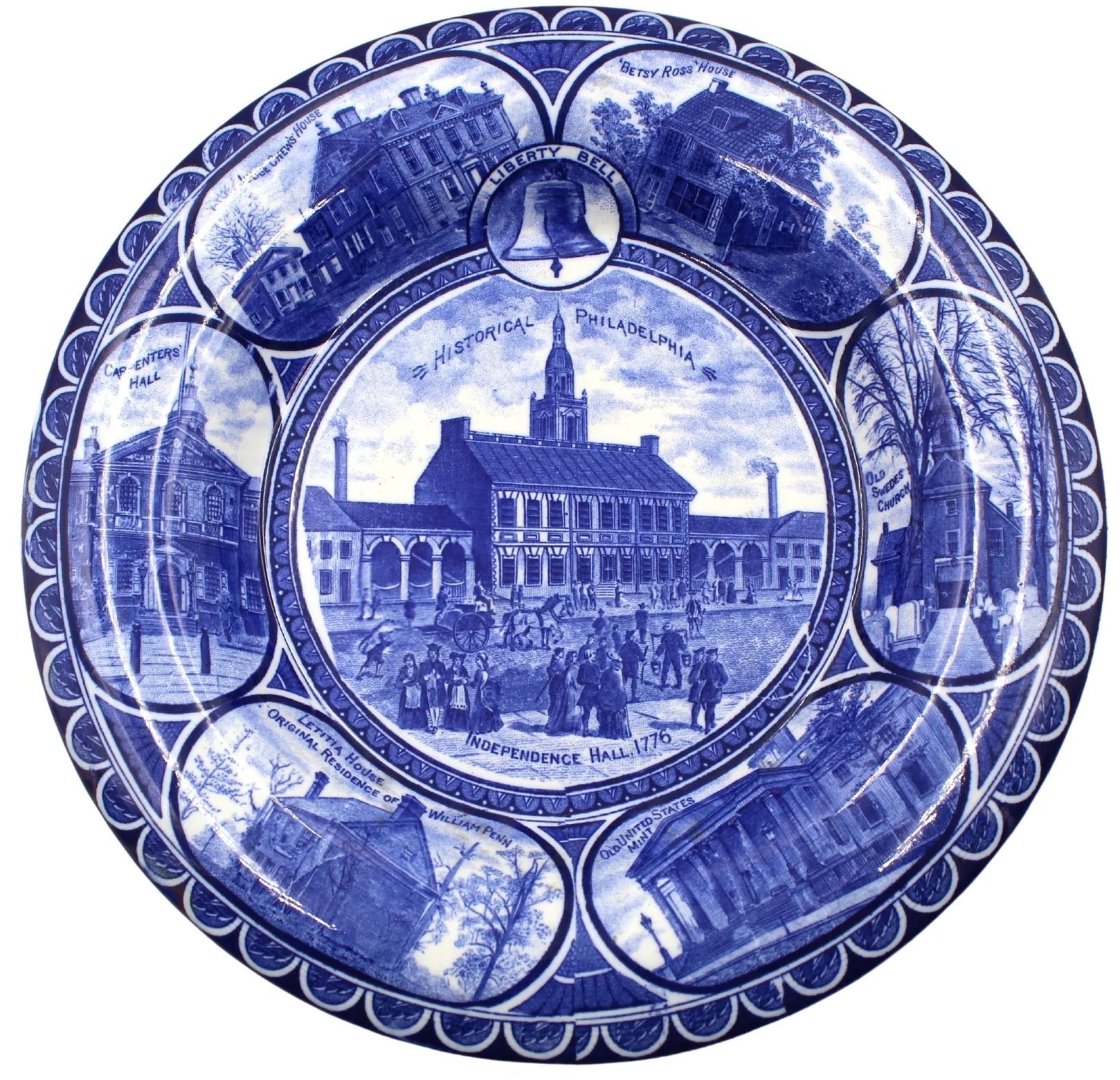Article: The Railroad That Built the West
The Railroad That Built the West
Before highways crisscrossed the country, one railway did more than move passengers from east to west, it helped shape the American West. Our latest collection of vintage Santa Fe Railway posters captures not just destinations, but a pivotal era in American history when trains brought people, commerce, and culture to a vast, unexplored region.
Founded in 1859, the Atchison, Topeka and Santa Fe Railway was created to connect the Kansas frontier town of Atchison with the growing trade routes of the American Southwest. But what began as a regional railroad soon became one of the largest and most influential railroads in the United States, stretching from the Midwest to the Pacific. The Santa Fe Railway forged paths into previously inaccessible regions, bringing infrastructure, settlers, and commerce to the American West. Unlike other railroads that primarily served established cities, the Santa Fe created new towns just by laying track across vast, unsettled land. It gave rise to dozens of communities and helped make states like New Mexico, Arizona, and California more accessible and economically viable.
"Famous Brands of the Lone Star State" Santa Fe Railway Texas Travel Poster, Circa 1950
This striking poster features more than just cattle brands—it showcases Texas heritage and history. Santa Fe railway routes enabled Texas cattle to reach Chicago stockyards and beyond, revolutionizing the region’s economy and helping cement the Western cowboy as a national icon.
The Santa Fe railway was a powerful engine of economic change- transporting cattle, minerals, lumber, and agricultural products from the West to markets in the East and Midwest. It played a critical role in the cattle boom of Texas and Oklahoma and helped turn the arid lands of the Southwest into productive agricultural hubs through irrigation efforts. The Santa Fe made it possible for small frontier settlements to connect with national markets. The resulting economic growth reshaped not only the Western states, but the national economy as a whole.
In the early 20th century, Santa Fe embraced passenger travel and tourism, launching famous luxury trains like the Super Chief, El Capitan, and Chief. It partnered with the Fred Harvey Company to offer high-quality dining, lodging, and curated travel experiences. Together, they introduced middle-class Americans to the Southwest, promoting sites like the Grand Canyon as essential travel destinations.
"Grand Canyon" Vintage Santa Fe Railroad Travel Poster by Oscar M. Bryn, 1949
A vibrant depiction of the Grand Canyon by artist Oscar M. Bryn, this poster was part of a successful push to promote national park tourism. Santa Fe was instrumental in opening the Grand Canyon to visitors- it held exclusive access to the Grand Canyon’s South Rim via its rail line, making it the sole gateway for train travelers. Working with the Fred Harvey Company, the railroad built hotels and restaurants that turned a remote natural wonder into a must-see American landmark, and helped make national parks part of the broader cultural experience.
Culturally, the railway helped craft an enduring image of the West that still resonates today: wide-open spaces, rugged cowboys, dramatic canyons, and desert beauty. The railway’s marketing hired top illustrators and designers to create posters and travel experiences that stirred wanderlust and pride in America’s landscapes. The railway promoted the West as a destination of adventure, and in doing so, it shaped how generations of Americans imagined the land itself.
Today, these posters are collected as examples of both fine art and historical Americana. From the sunlit plateaus of Arizona, to the rugged heart of Texas and the awe-inspiring Grand Canyon, these posters capture the magic of mid-century rail tourism.
"Arizona" Vintage Santa Fe Railroad Travel Poster by Don Perceval, circa 1940s







